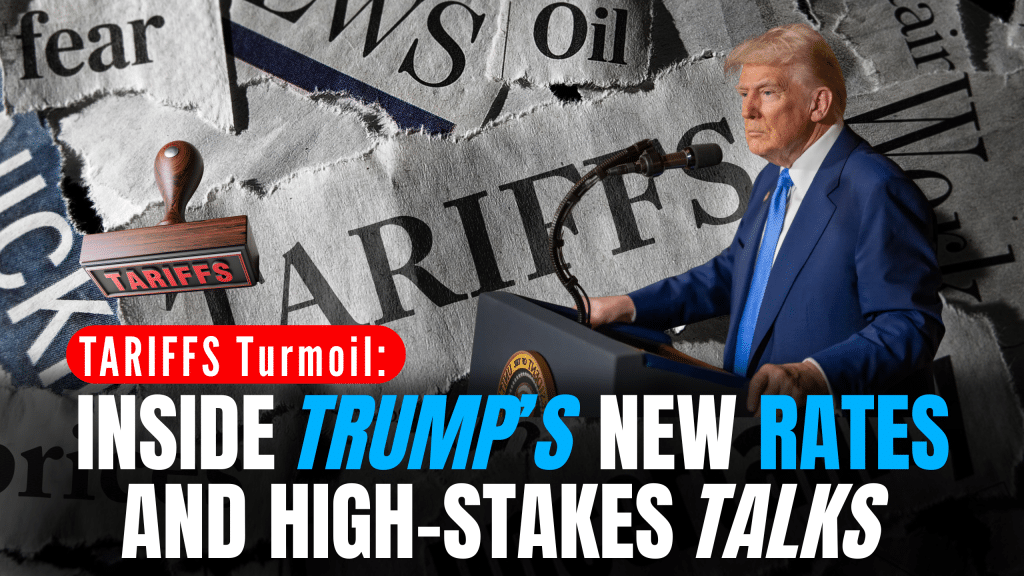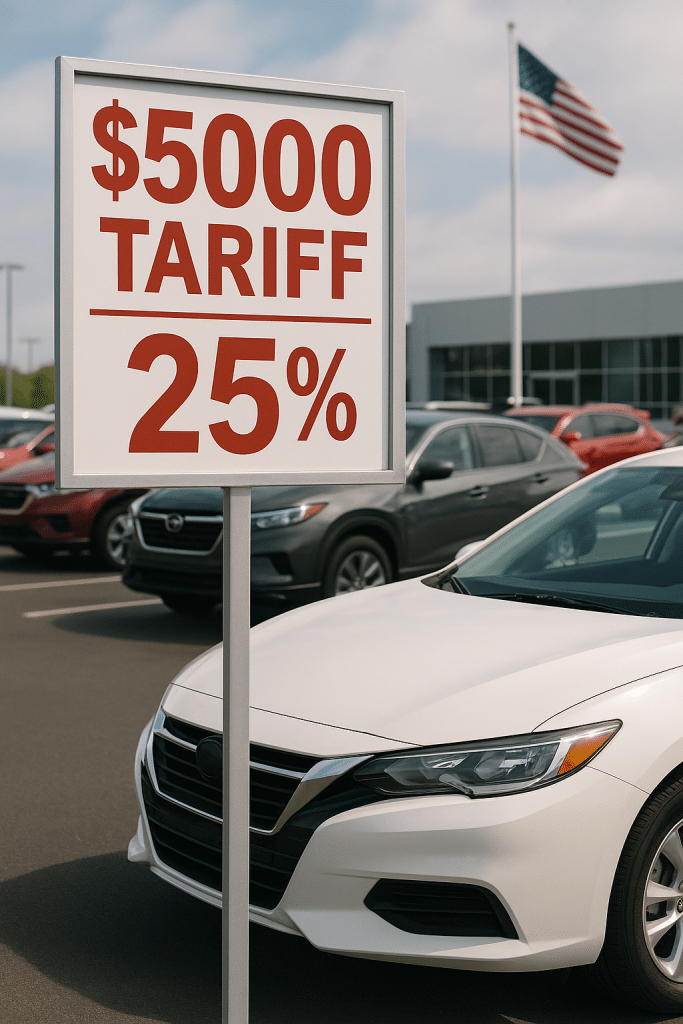Tariff Turmoil: Inside Trump’s New Rates and High-Stakes Talks

Court Blocks Trump’s Tariffs, Declares Overreach of Presidential Power
In a major legal ruling on May 28, 2025, a federal court halted former President Donald Trump’s “Liberation Day” tariffs, calling them an unconstitutional use of emergency powers. The sweeping tariffs—up to 145% on Chinese goods, 25% on Mexican and Canadian products, and a 10% baseline on nearly all imports—were blocked by a panel of judges from the U.S. Court of International Trade.
The court emphasized that only Congress has the constitutional authority to regulate trade, a clear rebuke to the Trump administration’s legal interpretation of the International Emergency Economic Powers Act (IEEPA). Businesses and several U.S. states argued the tariffs were both economically damaging and legally unjustified—a view the court upheld.
Why this matters to you: If you own a small business that depends on imported goods, or you’re a taxpayer affected by inflation, this ruling could ease cost pressures—at least temporarily.
U.S.–China Agree to 90-Day Tariff Reduction Truce

Amid escalating economic strain, the U.S. and China reached a rare moment of détente on May 12, 2025. Both nations agreed to a 90-day suspension of aggressive tariffs, lowering U.S. import tariffs on Chinese goods from 145% to 30%, and China reducing its retaliatory tariffs from 125% to 10%.
What this means for American consumers: Expect short-term relief on electronics, household goods, and agricultural products. However, this window is temporary—and may just be the calm before the next storm.
President Trump announced a potential 50% tariff on all European Union imports, starting June 1. In the same announcement, he threatened Apple with a 25% tariff unless it moves iPhone production back to U.S. soil.
These proposed policies are framed as attempts to level the playing field on trade—but critics warn that such moves could ignite new retaliatory tariffs, squeeze supply chains, and drive consumer prices higher.
IRSProb insight: Large tariffs don’t just affect corporations—they ripple down to everyday Americans through higher costs and inflation, which may affect your tax withholding, budgeting, and overall financial planning.
As of April 3, 2025, a 25% tariff was imposed on all imported vehicles, with further duties on key auto parts added in May. This move is projected to add $3,000–$6,000 to the cost of a new car, depending on its origin.
U.S. automakers may qualify for partial rebates, but foreign manufacturers—and consumers—are bracing for significant price hikes.
For IRSProb clients: This could affect vehicle deductions, business vehicle write-offs, and even financing decisions. Consider delaying non-essential purchases or working with a tax strategist to reallocate funds accordingly.

In a surprise move, Trump declared a 100% tariff on all foreign-made films, claiming national security threats and a need to “bring movies back to America.” While vague on specifics, this policy could lead to higher box office prices and fewer international titles in U.S. theaters.
He also floated a 25% tariff on imported pharmaceuticals, a move that could drastically affect drug pricing and access—especially for generics and specialized medications made abroad.
IRSProb Perspective: These cultural and healthcare tariff threats may increase out-of-pocket costs. If enacted, they could hit vulnerable consumers hard, potentially impacting medical expense deductions and IRS hardship qualifications.









